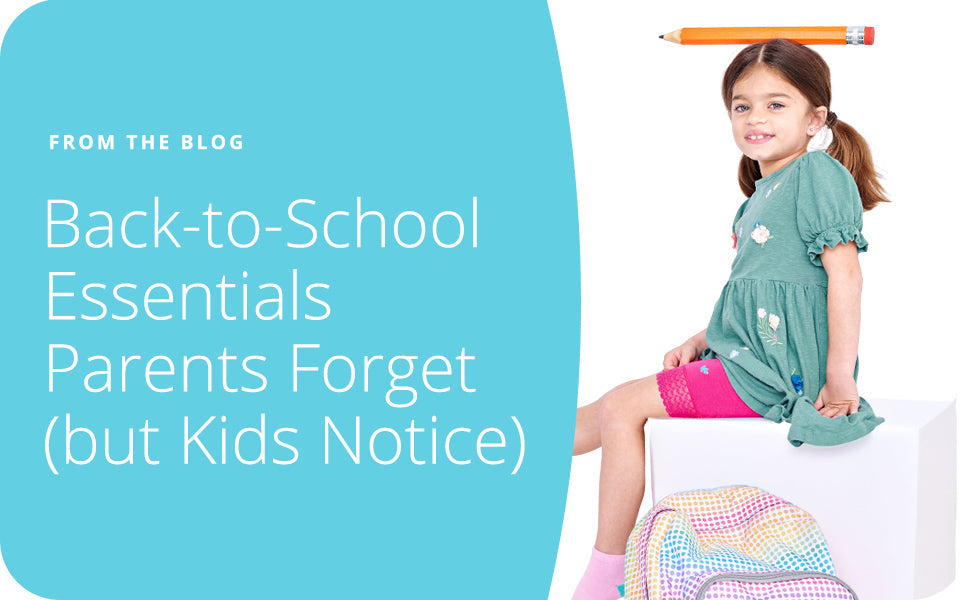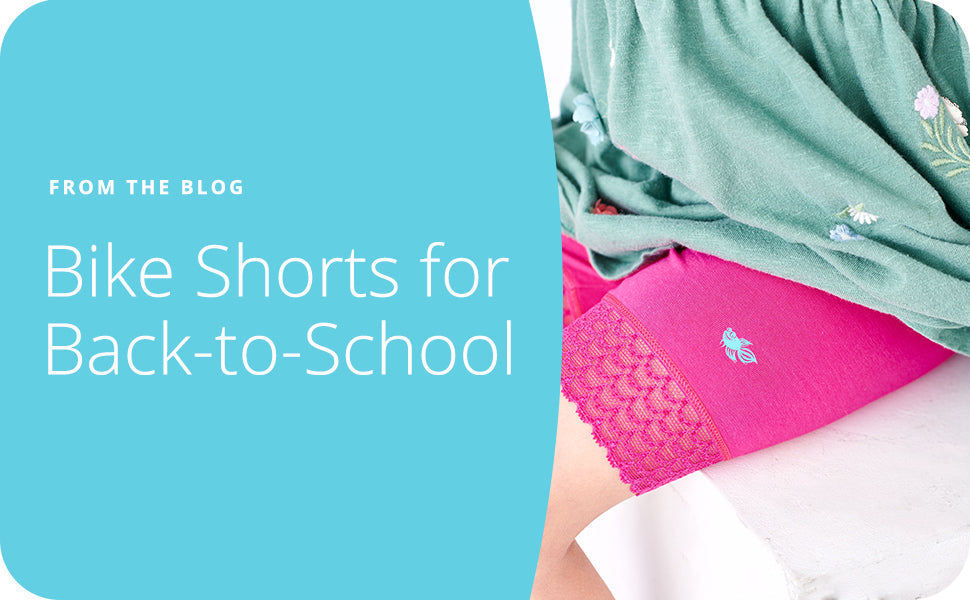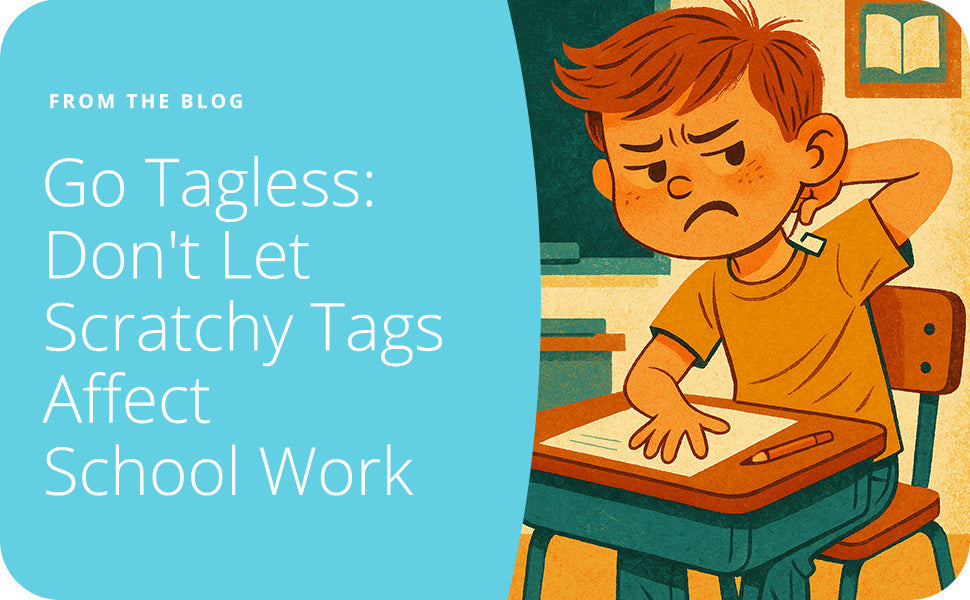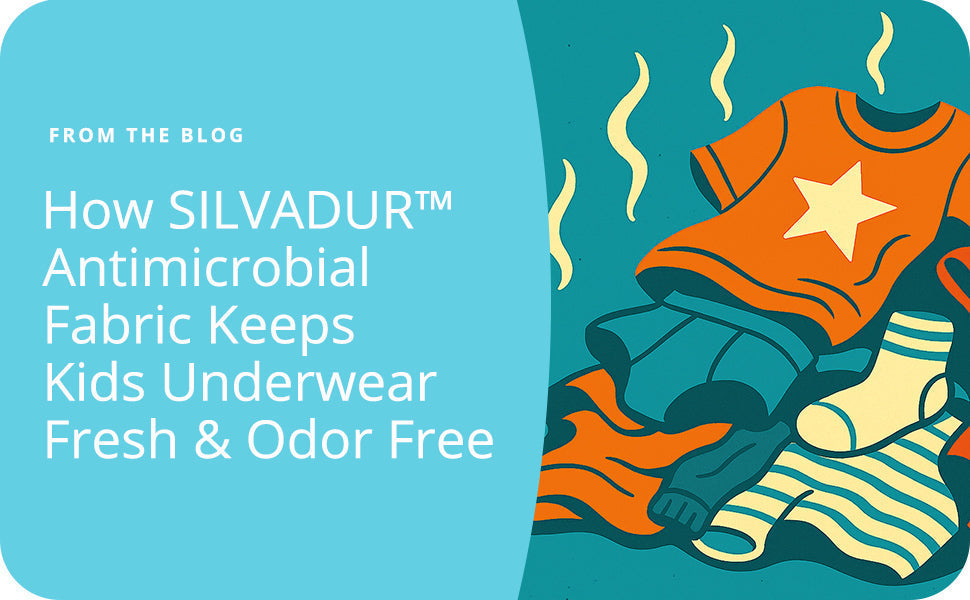Posts
Waistbands in Kids Underwear: How Fit, Fabric & Design Can Make or Break Comfort
How to choose the best sensory-friendly kids underwear waistbands, including comfortable fabrics and soft elastic types for sensory-sensitive children.
Waistbands in Kids Underwear: How Fit, Fabric & Design Can Make or Break Comfort
How to choose the best sensory-friendly kids underwear waistbands, including comfortable fabrics and soft elastic types for sensory-sensitive children.
Kids in the Kitchen: 5 Easy and Healthy Snacks Little Chefs Will Love to Make
Discover 5 easy and healthy snacks your kids can make! Fun, allergy-friendly, and perfect for little chefs. Cooking together starts here.
Kids in the Kitchen: 5 Easy and Healthy Snacks Little Chefs Will Love to Make
Discover 5 easy and healthy snacks your kids can make! Fun, allergy-friendly, and perfect for little chefs. Cooking together starts here.
Back-to-School Essentials Parents Forget (but Kids Notice)
Pencils? Check. Comfy undies that don't distract? Oops. Windbreaker that sounds like a bag of kettle chips? Here's what really matters to kids.
Back-to-School Essentials Parents Forget (but Kids Notice)
Pencils? Check. Comfy undies that don't distract? Oops. Windbreaker that sounds like a bag of kettle chips? Here's what really matters to kids.
Bike Shorts for Back to School:
The Ultimate Girls Layering Staple for Comfort and Confidence
Soft, stretchy, school-ready! Find the best girls bike shorts for comfort, modesty, and sensory needs this back-to-school season.
Bike Shorts for Back to School:
The Ultimate Girls Layering Staple for Comfort and Confidence
Soft, stretchy, school-ready! Find the best girls bike shorts for comfort, modesty, and sensory needs this back-to-school season.
Go Tagless: Don't Let Scratchy Tags Affect School Work
Help your sensory-sensitive child stay focused at school with tagless underwear. Learn which fabrics and features support comfort and attention.
Go Tagless: Don't Let Scratchy Tags Affect School Work
Help your sensory-sensitive child stay focused at school with tagless underwear. Learn which fabrics and features support comfort and attention.
How SILVADUR™ Antimicrobial Fabric Keeps Kids Underwear Fresh and Odor-Free
Say goodbye to stinky kids underwear! SILVADUR™ antimicrobial fabric fights odor-causing bacteria, keeps fabrics fresh longer, and is safe for sensitive skin.
How SILVADUR™ Antimicrobial Fabric Keeps Kids Underwear Fresh and Odor-Free
Say goodbye to stinky kids underwear! SILVADUR™ antimicrobial fabric fights odor-causing bacteria, keeps fabrics fresh longer, and is safe for sensitive skin.







